Adult Martial Arts Jiu Jitsu
Total Ryu Traditional Jujitsu
Total RYU Traditional Jiu Jitsu
You Can Learn To Become Your Own Protector.
Not only will you learn real self-defense skills and gain confidence, but you improve the following:
- Strength
- Flexibility
- Fitness
- Coordination
Adult Jiu Jitsu
Real Samurai JiuJitsu
Because jiujitsu was created for combat, it has many different aspects and covers many different areas of combat. These include striking, throwing and ground survival. The modern definition of jujitsu or jiujitsu has been morphed to mean only groundwork or fighting on the ground. When in fact true jiujitsu has ground techniques, but it also has:
- Over 50 different Basic Throwing Techniques to include leg sweeps, hip throws, sacrifice throws, takedowns and motion throws
- Applied Techniques, Throwing, striking, etc applied to real-world threats, self-defense, etc
- Joint locking and throwing techniques
- Choking Techniques
- Striking Techniques, including, kicks, elbows, punches
- Defensive posturing
- Offensive posturing
- Groundwork or newaza (modern jiujitsu)
- Multiple Attacker defense
- Traditional and Modern Weapon’s defense
- Adrenaline Training
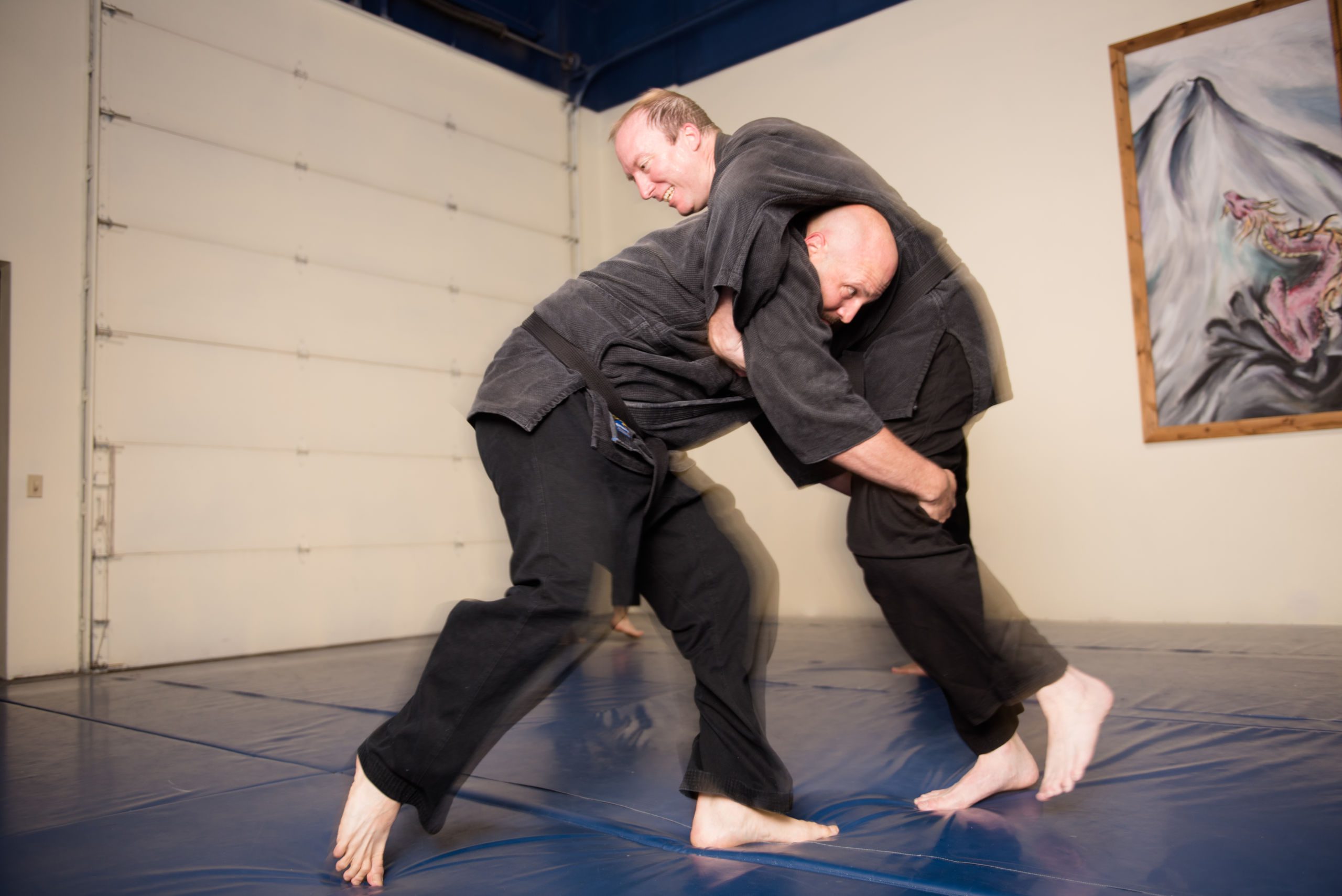
Traditional Jujitsu or jiu jitsu
is one of the most effective martial arts practiced today. It is effective because it was designed for combat. Jujitsu was used by the samurai as their hand to hand fighting system. An interesting note is that most of today’s military combat systems are based solely or partly on jujitsu or jiujitsu; these include MCMAP, Army Corp, and most Israeli systems. What sets jujitsu apart from other martial arts systems around is the variety of techniques that are included in the art and what they do to an attacker with relative ease.
Is it Jiu jitsu or Jujitsu, yes it’s both, jujitsu is the more common spelling in Japan. Jiu jitsu or jiujitsu is the less common spelling, so they are both the same art. The modern definition of jiujitsu comes from BJJ, whose founders practiced a subset of traditional jujitsu which they spelled jiujitsu. That art then was changed to fit the competitive advantages that they had or preferred in Judo competitions.
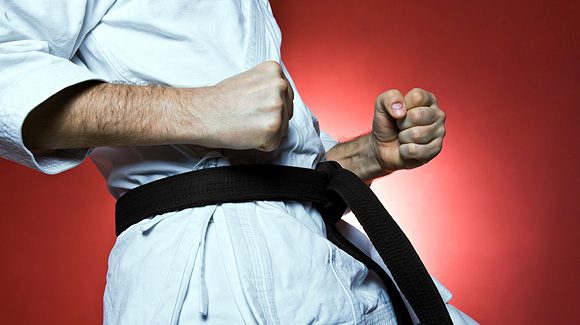

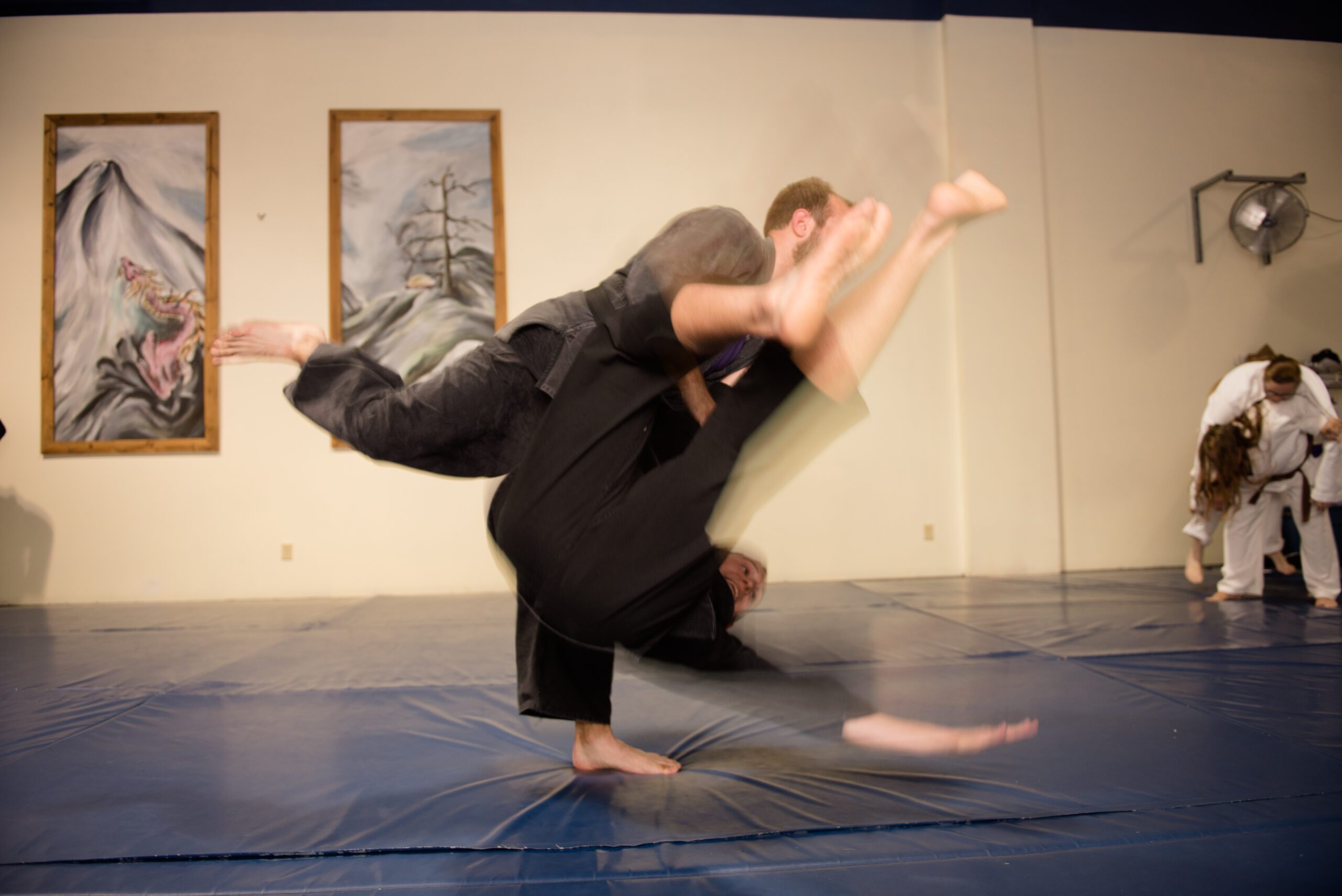
Jiu jitsu is the precursor to Japan’s Judo, a sport version of jiu jitsu, and aikido, an art that uses motion and joint manipulation to control and throw an opponent. When combat was not a primary concern, practitioners needed a way to test themselves, and gradually Judo was born. Judo’s focus is on throwing or takedowns and pinning. The combative aspect and dangerous techniques were not allowed in competition, and most techniques that would injure were changed to be less dangerous. Judo has also changed over the last century to make it more entertaining by adding more rules. Aikido is also a subset of traditional Jiujitsu. The schools in some areas of Japan focus on motion joint locks. Eventually, Aikido was born. In jiujitsu, these techniques are known as Aikijitsu. Another interesting point is that there are jujitsu techniques in karate as the founders of modern karate studied jujitsu as well as karate.
Traditional Jiujitsu For The Modern World
Is it Jiu jitsu, Jujitsu, Jiujitsu, read here on what is what with the different spellings.
I feel that in today’s world with performance and competition based martial arts many systems and practitioners have lost what martial arts truly is. Martial means war so martial arts were created for combat and extreme personal self-defense situations. They were not designed for show or competition.
Articles on the difference in the spelling and names:
Don’t get me wrong some competition martial arts are pretty good, but they fall short in many ways of what is real and what is effective. In competition, rules come into play, and the rules that are present in those systems are for the safety of the competitors. A Greek poet way back in 600bc stated the obvious. “we don’t rise to the level of our expectations, we fall to the level of our training.” If you train with rules of engagement, you will fall to that level of training. My sensei said concerning rules of competitions “The rules of what not to do are exactly what you should do.”
Performance-based martial arts only have a shell of what they appear to have. Sure they have may kata, strikes and things that look good. However, when you look deeper, they are just of a shell of what they used to be. It is all for show and judging in the competition.
Adrenal Response And Jiujitsu
Adrenal response helps make that “level of training” much higher than you might expect. In a situation that you would have to use jujitsu, you would be under what’s called adrenal stress. Most people do not have a clue about how to function under adrenaline. Without training, it is difficult to do. Your body is essentially on drugs when you are under adrenaline. We do drills that put the student under an adrenal response so that they can learn to function in that bizarre physical state. With continued training, the student will become inoculated to certain levels of adrenal stress and be able to operate at a very high level of effort and not be affected by the bodies adrenal response. We do this by doing several different types of drills in class. Over time and with increased intensity, training and practice a student of Total Ryu will be able to function under adrenal stress.
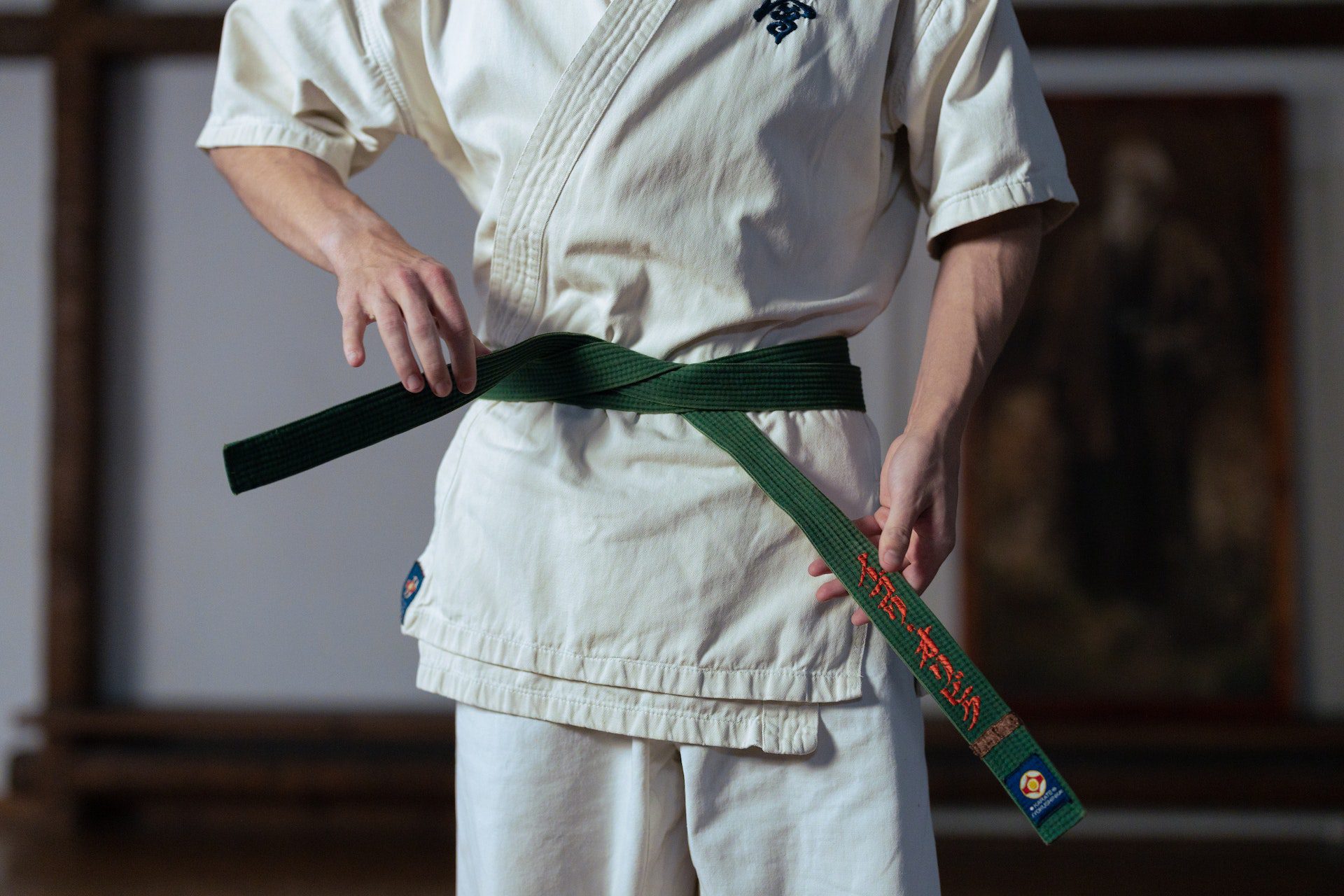
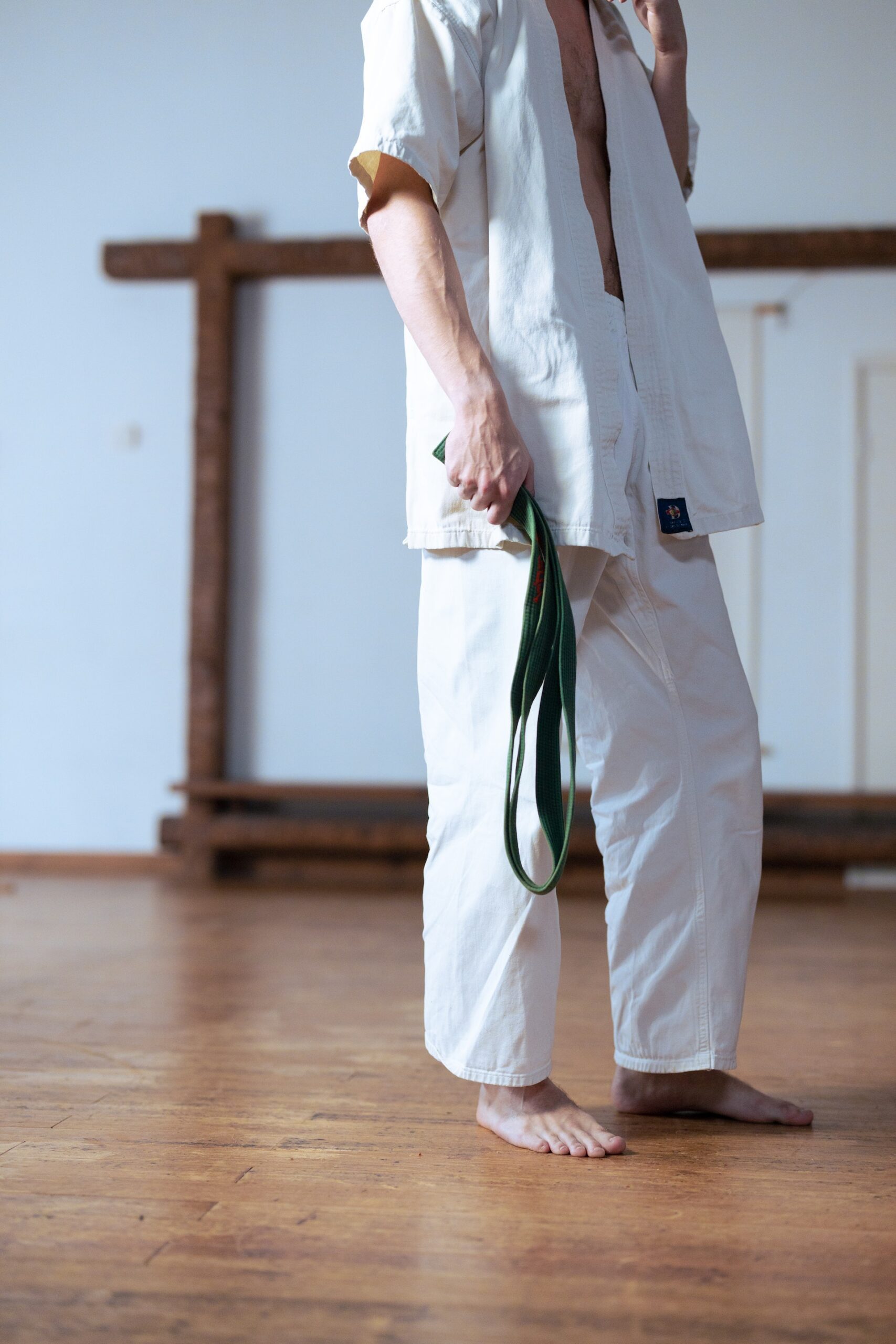
Have Questions?
Sign Up For A Free Class
Come in and try a class, no strings attached. This is a great way to experience the classes, get to know the instructors, and find out if this is the right decision for you or your family.

